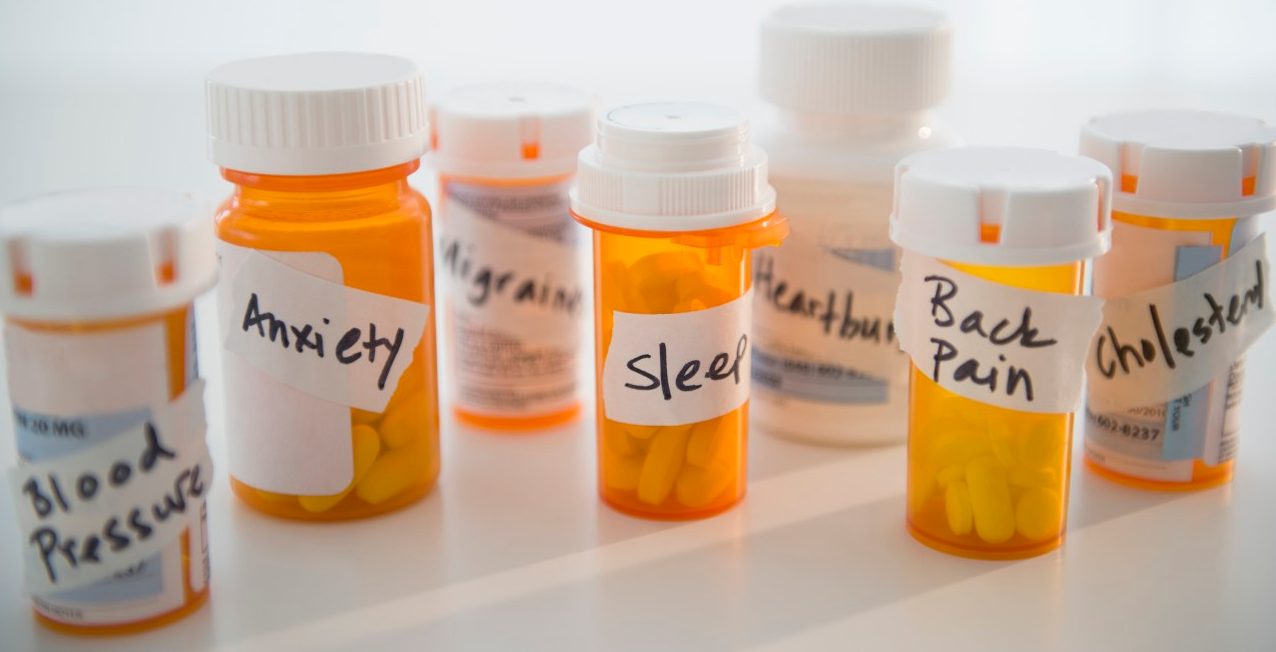Manage Your Pain Meds with My Opioid Manager

Treating chronic pain with opioids is safer thanks to My Opioid Manager, a smartphone app.
Cut your finger or twist your ankle, and you experience acute pain. It’s a normal reaction triggered by you nervous system alerting you about an injury. Over time, this kind of pain typically gets better and goes away. But when pain signals keep firing in the nervous system over and over for weeks, months and even years, it’s a different story. The result is often debilitating chronic pain that interferes with sleep, hampers your ability to work, and makes life harder overall.
Common causes of persistent pain include headaches, low back aches, arthritis, and pain resulting from damage to nerves or the central nervous system, according to the American Academy of Pain Medicine. Around 40 million adults in the U.S. suffer from some kind of ongoing pain — and getting relief can be problematic.
While it’s true over-the-counter pain relievers and physical therapy can help many, for millions of others the only relief comes from a class of narcotics known as opioids. When used properly, these prescription medications can usually relieve even severe pain. However, there’s a serious downside — a risk of addiction, abuse and potentially deadly overdoses.
That’s why it’s important for opioid users to keep track of how much medication they are taking and when, as well as the degree of pain they are experiencing. Now chronic pain sufferers can track both their pain and their drug usage throughout the day and night with a few clicks on their smartphones, thanks to My Opioid Manager (MyOM), a free interactive app developed at Toronto Rehabilitation Institute.
YOU MIGHT ALSO LIKE: Painkiller Overdoses Tax the Healthcare System
The app was designed specifically to help patients with chronic, non-cancer pain use opioids as safely as possible. It allows users to easily make notes in pain diaries, track the intensity and location of their pain on body maps, and keep a record of how their pain changes through questionnaires. The app also provides information on drug side effects and allows users to quickly share information about their pain and medication usage with their healthcare providers so they can work with their doctors to make decisions about treatment.
"Patients need to know the risks, and better understand their dose, potential complications, and the interaction opioids have with other medications they may be taking," said Toronto Rehabilitation Institute scientist Andrea Furlan, MD, who helped create MyOM. "Patients are often very fearful of how their body will react to opioids or that they will become addicted. The app is designed to educate and hopefully dispel some of their fears."
Lise Morency has experienced constant pain since April of 2013. Her condition resulted in sleep deprivation and left her unable to work. Although her doctor prescribed several types of opioids to relieve her discomfort, Morency said it took the My Opioid Manager app to help her understand how to manage her pain.
"Making daily notes of my pain levels, identifying them and their causes, and listing the pain medications I've taken as a result, gives me a clearer understanding of what leads to my discomforts and the importance of my part in it,” Morency said.
"I no longer live with the fear of becoming addicted to my pain medication because I can easily track what I consume and have better conversations with my care team. I also feel comfortable attempting different solutions to the pain, like stretches or exercise.”
The free MyOM app includes an iBook to help patients understand and manage their pain and opioid usage. The app is available through the iTunes Store for iOS (iPhone/iPad) and Google Play for Android devices.
Updated:
March 27, 2020
Reviewed By:
Janet O’Dell, RN